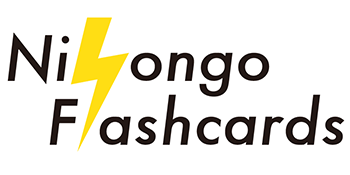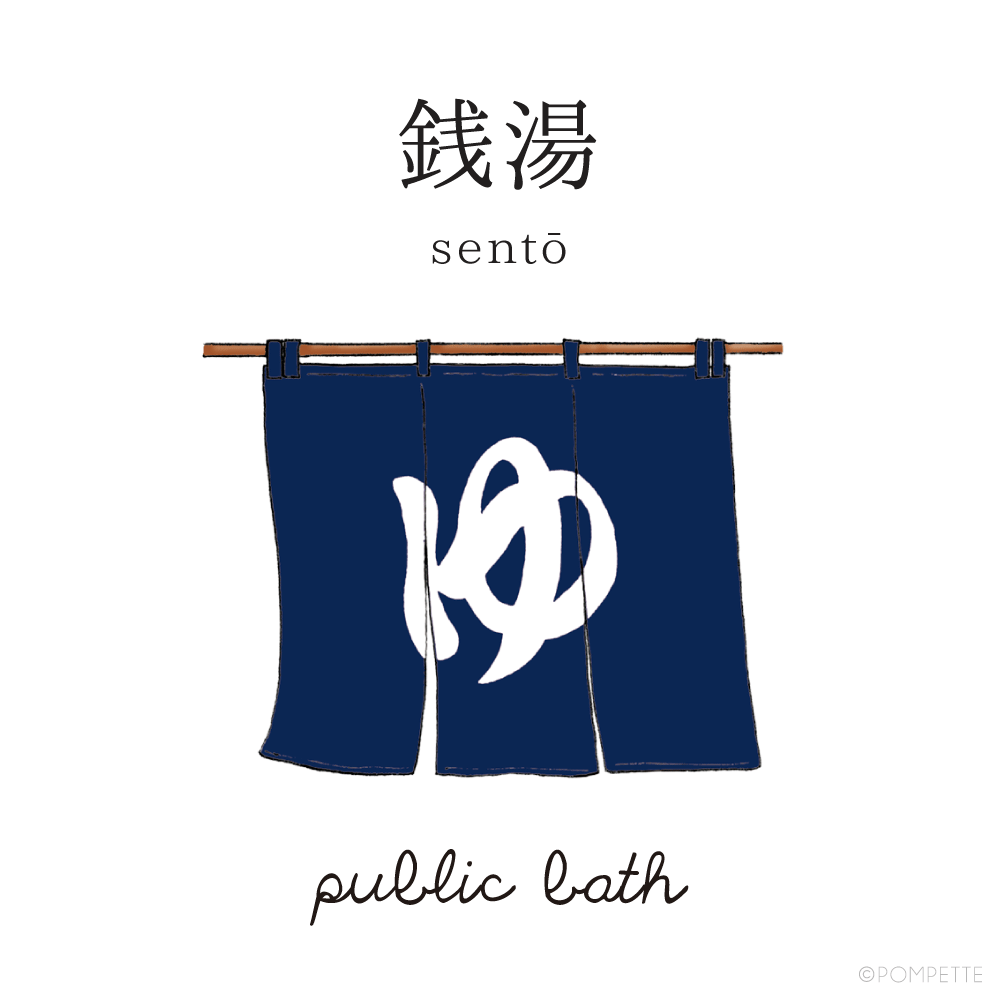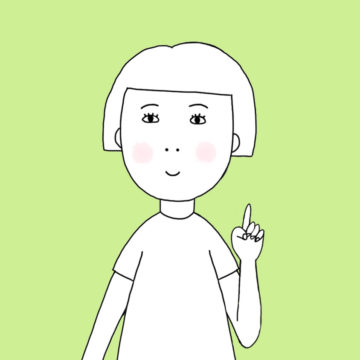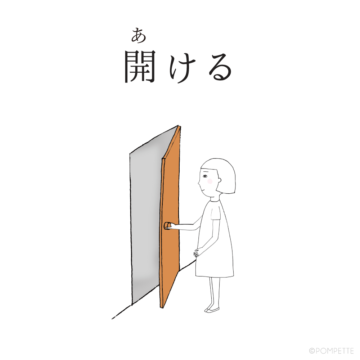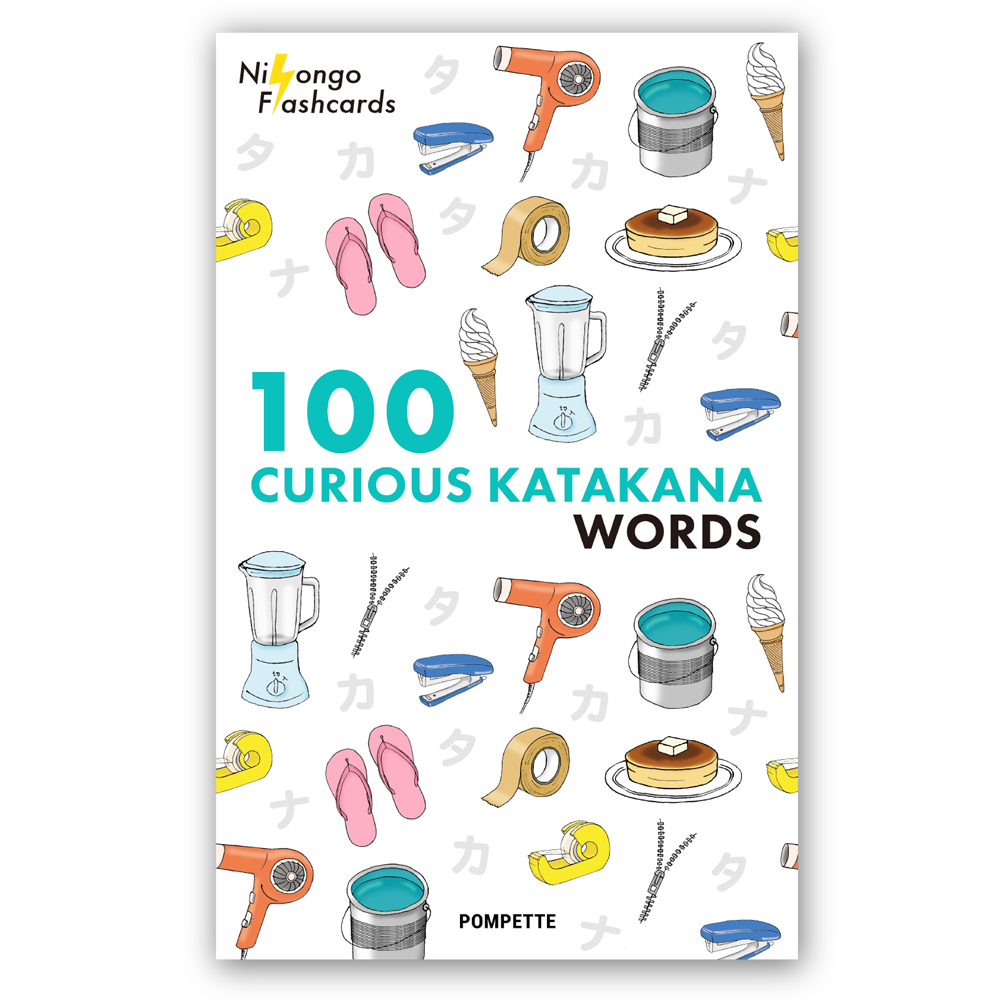【 銭湯 (せんとう)・sentō 】public bath
Taking a bath at the end of the day is an essential part of Japanese daily life.
Long before, many homes didn’t have a bathtub so people would go to the local 銭湯 sento to take a bath. Naturally, it was also a social gathering place.
Since 銭湯 are public bathhouses, many are in the middle of a residential area. From the outside, they almost look like another house, but they have a 暖簾 (のれん noren; curtain) that says「ゆ」(yu; hot water) hanging at the entrance.
The number of traditional sentos has declined with the increase of modern homes with baths, but they are quietly regaining popularity as a relaxation spot — especially スーパー銭湯 (sūpa sentō) which is like a bath theme park.
At a super sento, not only can you enjoy a variety of baths and saunas, there’s usually a massage room, a game room, restaurants or a food court; some even have karaoke and a large tatami mat room where you can take a nap. Some are also called 健康ランド (kenkō rando; literally “health land”). It’s a place where the whole family can de-stress and relax.
So what is the difference between a 銭湯 (sento) and 温泉 (onsen)? Sento is the term for “bathhouse” which generally uses heated tap water; onsen means “hot spring.” There are some sento that use onsen (natural hot spring water), and there are thousands of onsen spots in Japan where there are bathhouses (spa complexes) or hotels around the hot spring (from casual B&Bs to luxury hotels).
You can read more about sentos and super sentos here and here.
